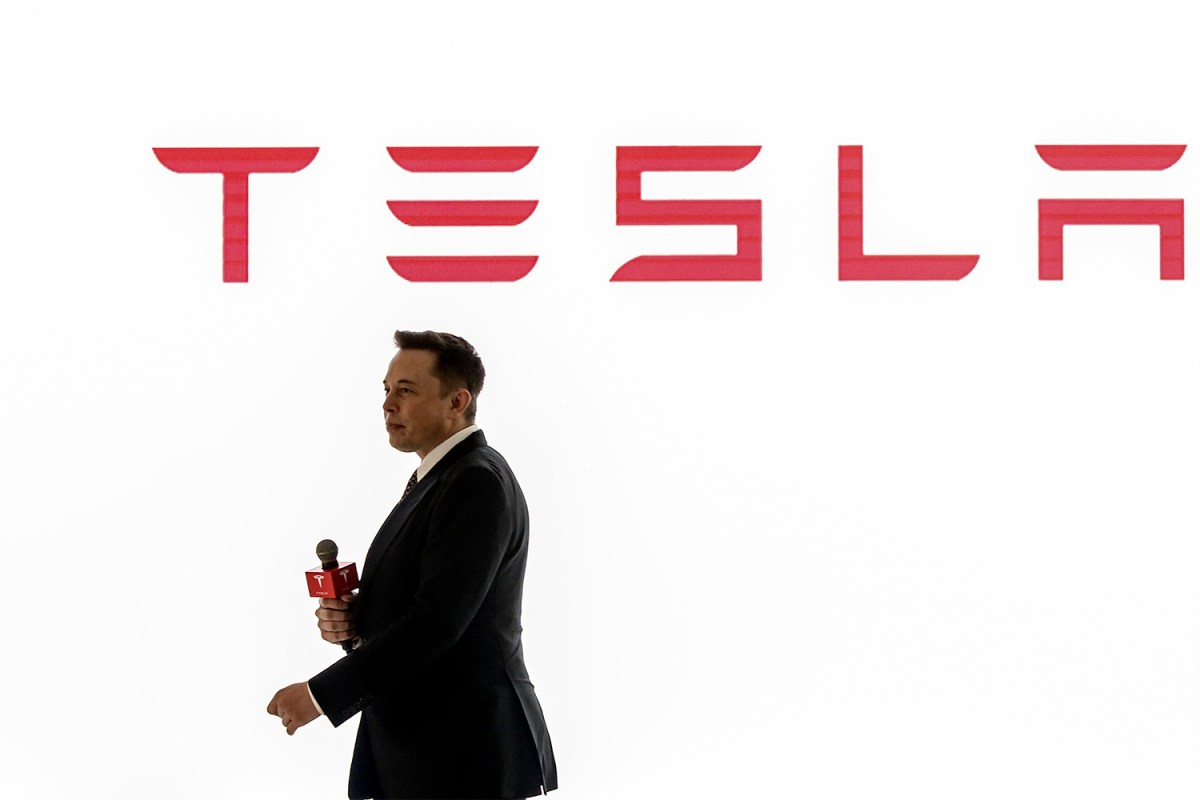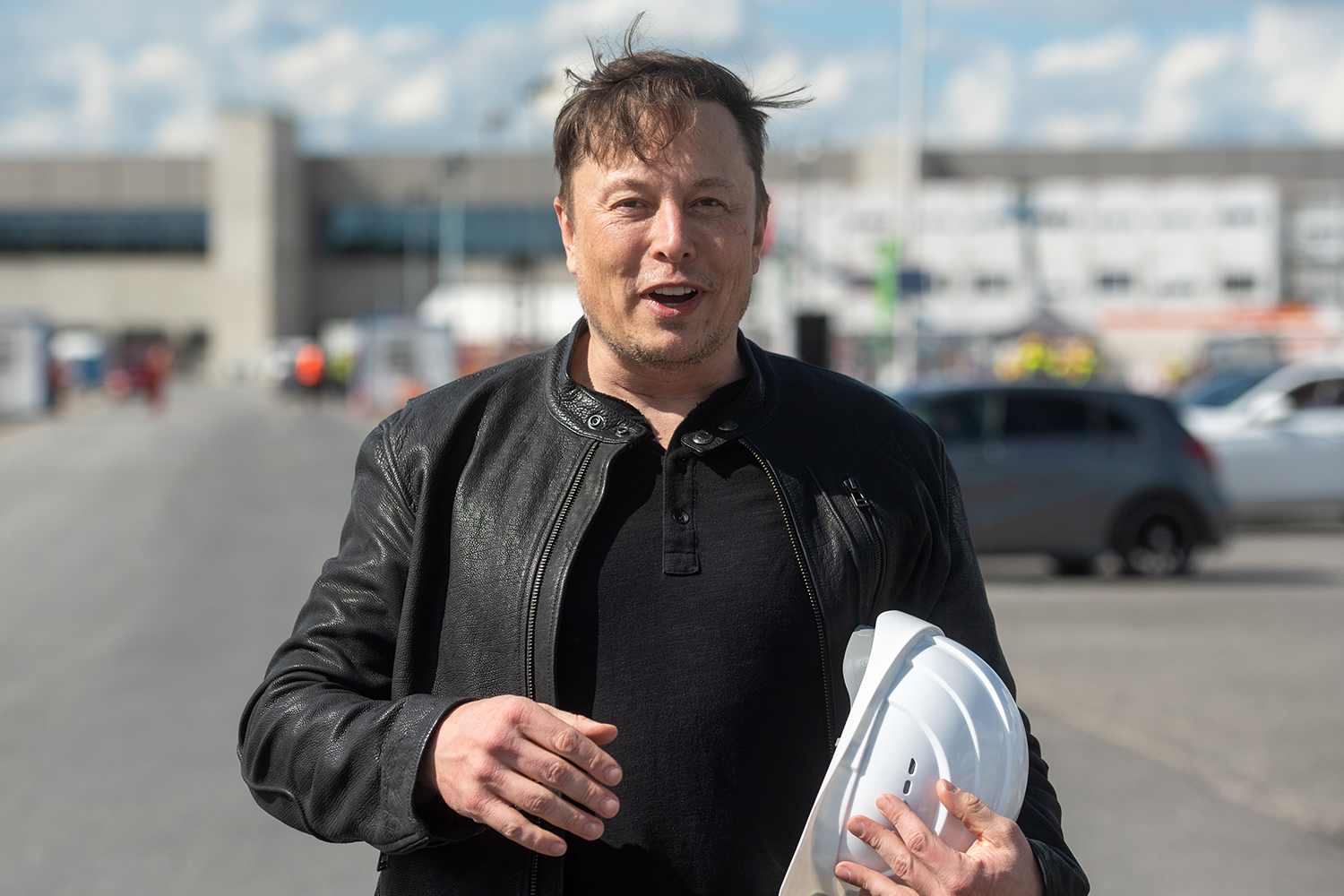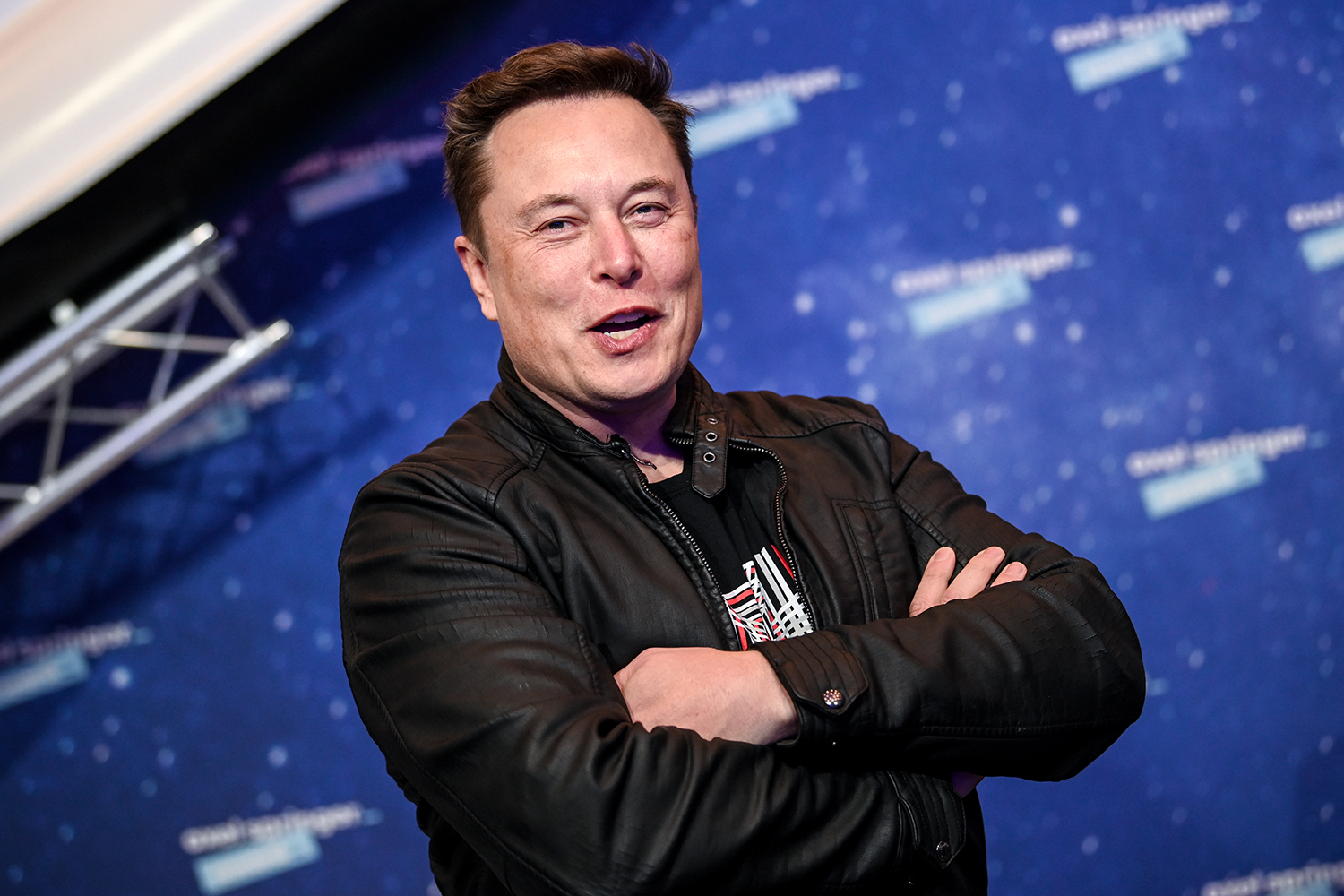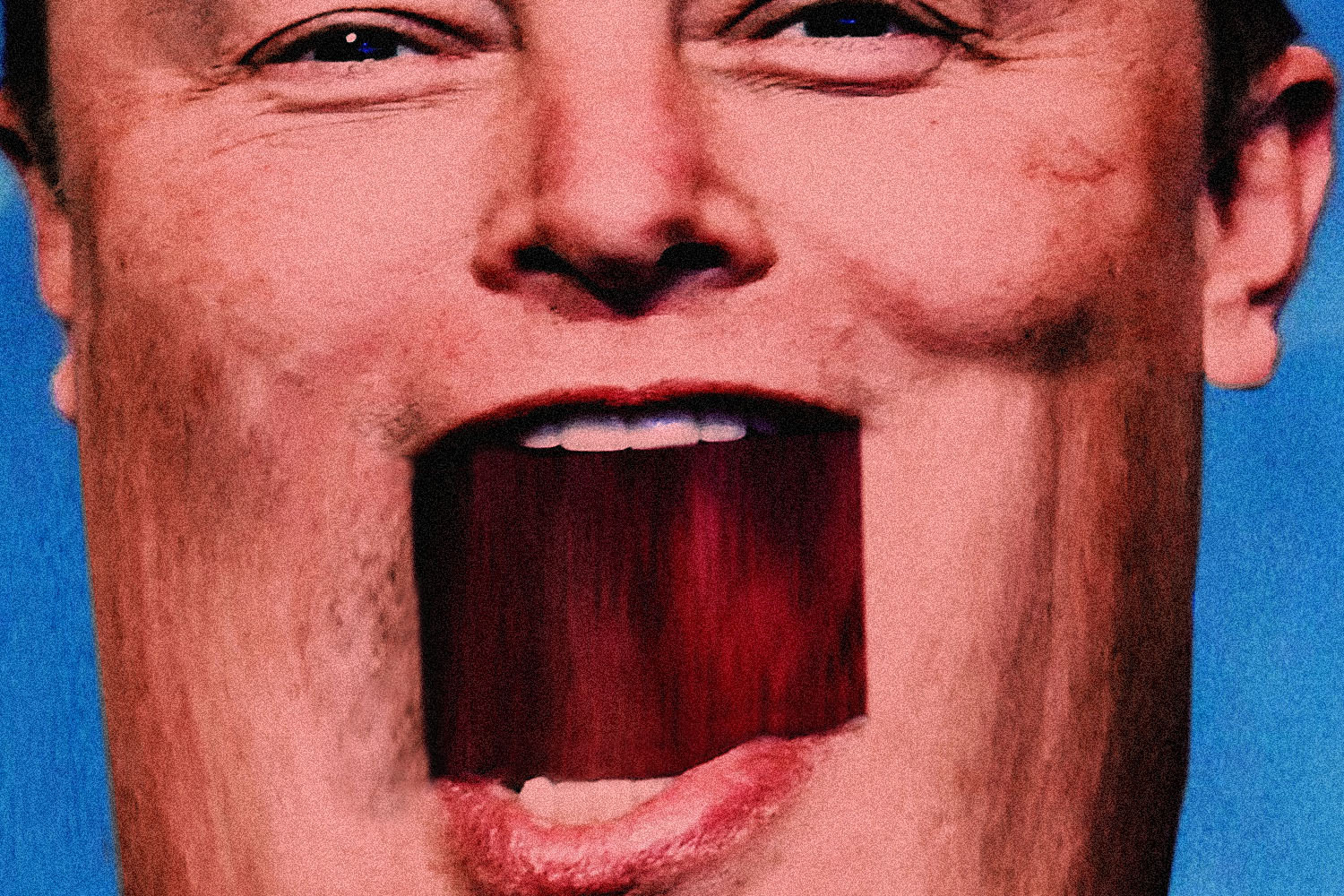There are no cars you can buy today that can fully drive themselves. Not even close. You may be confused about that, as Tesla vehicles have long featured a system called Autopilot and more recently offered something called “Full Self-Driving Capability.” Meanwhile in the fine print, Tesla says drivers should be keeping their hands on the steering wheel and be ready to take over at any time.
It’s a classic case of CEO Elon Musk pushing legal boundaries while trying to cover his bases, but here, in the case of Tesla’s autonomous vehicle ambitions, it seems he may have gone too far. In August, the National Highway Traffic Safety Administration announced an investigation into Tesla due to accidents involving Autopilot. Then this week, The New York Times published an exposé from Cade Metz and Neal E. Boudette showing a track record of Musk overlooking safety concerns and overstating Autopilot’s capabilities.
The journalists spoke with a number of experts in the autonomous driving industry as well as 19 people who have worked on Autopilot over the last decade. Here are the biggest takeaways:
- Faking an Autopilot video: To demonstrate the capabilities of Autopilot 2.0 hardware, which was released in October 2016, Tesla created a video that shows a person sitting in one of their cars while it is “driving itself,” per the video. As the Times writes, citing former Tesla employees, the route “had been charted ahead of time by software that created a three-dimensional digital map,” a feature Tesla owners don’t have access to. The car also hit a roadside barrier during filming. That staged video is still on Tesla’s website.
- Tesla’s “truth” vs. the real truth: In 2016, Mobileye, a company working in the space of autonomous mobility and advanced driver assistance systems, and Tesla ended their partnership. At the time, CEO Amnon Shashua said Tesla was “pushing the envelope in terms of safety.” In a new interview with the Times, he added, “One should not be hung up on what Tesla says. Truth is not necessarily their end goal. The end goal is to build a business.” Musk’s well-documented failure to deliver on big promises — a million robotaxis on the road by 2020, a Cybertruck in 2021, the Tesla Roadster and Semi, etc. — only corroborate this.
- Even Tesla employees think Musk misled the public: The big question here is whether or not Tesla is deliberately misleading the public about its technology. Tesla fans say the company does everything it’s required to do; on its website, Tesla writes, “Current Autopilot features require active driver supervision and do not make the vehicle autonomous.” But according to “many” of the employees the Times interviewed, “Musk repeatedly misled buyers about [Autopilot’s] abilities.”
- Why Elon Musk released the Cyberwhistle: Less than a week before the Times story was published, Tesla began selling a whistle in the shape of the Cybertruck called the Cyberwhistle. Musk tweeted about it, writing, “Blow the whistle on Tesla!” While we can’t be sure, this certainly feels like a direct response to the Tesla employees who spoke out about their safety concerns about Autopilot and Full Self Driving. After all, the Times acknowledges that those sources all spoke anonymously “fearing retaliation from Mr. Musk and Tesla.” Neither Musk nor a Tesla lawyer commented for the story, even after multiple requests, so they knew it was coming.
This is an important story giving the public a look at what’s going on behind the scenes at Tesla, but you may not have heard about it until now, as Musk’s Monday interview with the Wall Street Journal has turned the conversation to more Tesla-friendly topics, such as him preferring the title “Technoking” to “CEO” and his concerns about human reproduction.
This article appeared in an InsideHook newsletter. Sign up for free to get more on travel, wellness, style, drinking, and culture.


















